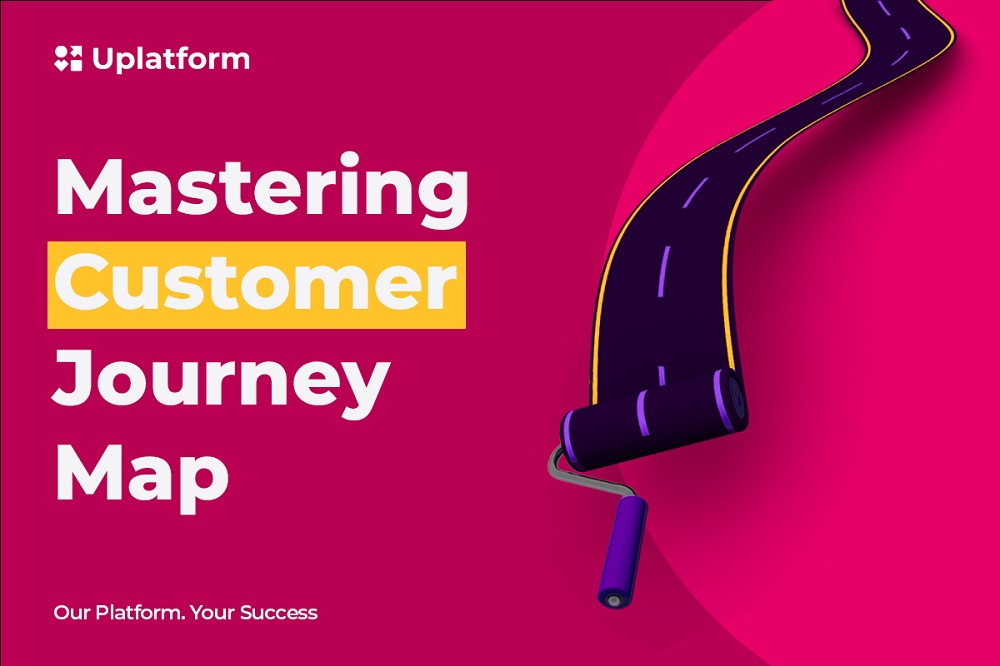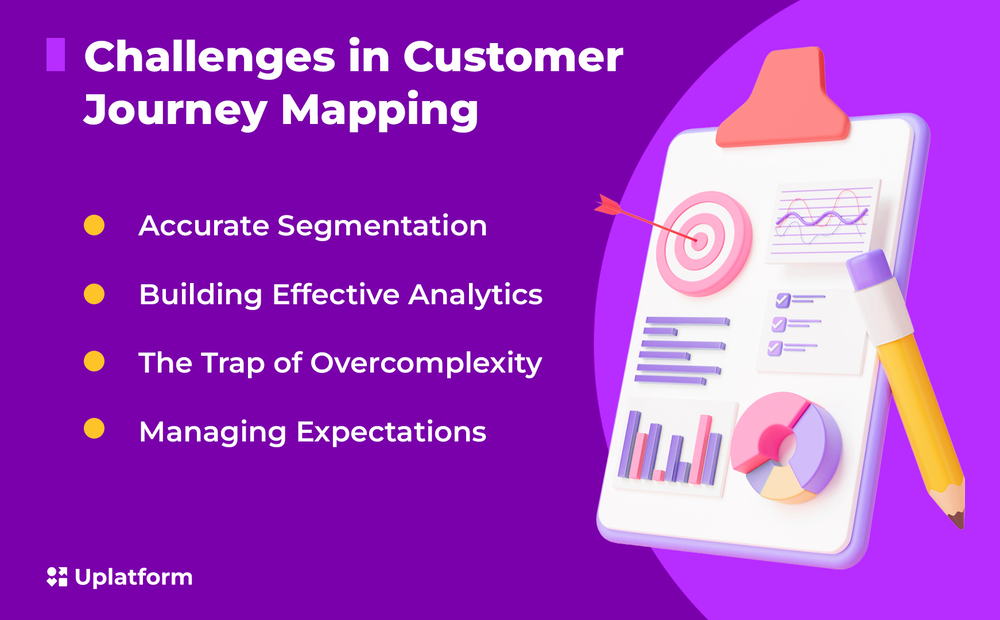Uplatform on Mastering Customer Journey Mapping: 4 Pitfalls to Avoid

Cyprus.- August 5 2025 www.zonadeazar.com Customer Journey Mapping (CJM) steps in where guesswork ends. It helps you decode how players think, feel, and act at every touchpoint—from the first spark of interest to long-term loyalty. In an industry where players demand more than just flashy bonuses, understanding their journey is what sets successful operators apart. With CJM, you’re not just tracking behavior—you’re designing experiences that convert curiosity into commitment.
Uplatform believe that CJM is more than just a trendy plan. When done well, it’s a great strategic instrument. Discover their ebook to learn more about how to turn CJM into a powerful tool for your business success. However, making a CJM that has an effect isn’t always easy. There are several hurdles, from figuring out who your players are to recognizing what is important to them at each step. Look at the four most common mistakes that operators make when designing a customer journey and how to avoid them by being clear, insightful, and using the proper approach.

Challenge One: Accurate Segmentation – When Knowing Your Audience Isn’t Easy
Segmentation is a critical part of any good CJM—when it goes wrong, everything else can fall apart. Without it, you’re attempting to talk to everyone, but no one is listening.
But here’s the catch: it’s hard to segment correctly. It’s easy to estimate or use too wide categories like “new user” or “VIP” when you’re launching a new product, going into a new GEO, or don’t have any behavioral data. What is the problem? These groups are typically too broad to make personalization work.
But personalization is exactly what players want these days. That’s why Uplatform has always supported behavior-based segmentation. Begin with little steps, but make them smart. Pay attention to what players do—like when exactly they log in (time of day, day of the week, beginning or end of the month), what device they prefer, or how quickly they move from registration to exploring games or placing their first bet.
Then, keep going. Over time, use data to test and improve your segments. For instance, in one Asian market that was mobile-first, the team at Uplatform made a CJM scenario better by using push notifications that were timed to when players were most active. In just one month, churn went down by 6% and repeat deposits went up by 12%.
It’s not about making a flawless taxonomy on day one; it’s about figuring out how people act, responding to them in real time, and constantly changing your map to show the player, not what you think they are.

Challenge Two: Building Effective Analytics and Feedback Loops
Too many operators only think about how to design the path on a whiteboard; they don’t know how to tell if it’s working. But a CJM without analytics is like a GPS that doesn’t show where you are.
You need precise KPIs to really make the most of a trip. What kinds of triggers are turning players into loyal fanbase? Where are they falling off? How long does it take them to get to that important second deposit? These metrics aren’t simply numbers; they are the essence of your player experience.
Feedback loops are what make the best travels possible. For example, Uplatform gives operators a clearer view of player behavior—where they tend to drop off, how they move through different stages, and which phases may require improvement. With this kind of information, you can make changes right away, like shortening a registration form or switching from email to in-app alerts for a certain market.
Analytics shouldn’t be something you think about after the launch. You should include them in your CJM approach from the outset, and you should keep improving them based on real-world data and behavior.

Challenge Three: The Trap of Overcomplexity
It’s ironic, yet many operators wind up making a monster when they try to make the perfect player journey.
When CJMs get too complicated—trying to cover every imaginable situation, action, and result—they often fail because they are too heavy. The result is a tangled web that’s hard to manage, confusing for the operator, and even worse, disorienting for the player.
We’ve seen this happen a lot: an operator starts out with good intentions and ends up making dozens of parallel branches for different types of players and dozens of scenarios triggering different marketing activities. But eventually, the CJM gets too big to handle. No one knows what’s working, upgrades are dangerous, and the player experience is broken up.
Uplatform advise a different approach: prioritize clarity. Instead of trying to create a perfect flow, focus on making one that matches how real players act. Being straightforward doesn’t mean sacrificing sophistication. It means focusing on what truly matters, designing journeys that are clear and intuitive, and only introducing complexity when the data justifies it.
As one operator told Uplatform, “Our customer journey map used to be messy and confusing—now it’s a clear, strategic guide that actually leads players to their goals.”
Challenge Four: Managing Expectations—CJM Is Not a Magic Wand
One of the hardest things to do is change your viewpoint. Many operators think that CJM will work like a magic pill that will instantly boost conversions and cut down on churn.
But CJM isn’t a quick remedy. It’s a long-term commitment in learning more about your players and making their experience better. It’s like growing a garden: you need time to plant the seeds, water them, and watch them grow before you can enjoy the fruits of your labor.
Unrealistic goals can rapidly kill enthusiasm. Teams may lose faith if the first lift doesn’t go as planned. That’s why education is crucial. At Uplatform, they don’t just offer tools—we provide strategic guidance, ongoing support, and a collaborative partnership to help operators build internal CJM expertise.
And the results do come. In one project, they restructured the journey to shift focus from quick monetization to deeper onboarding. The outcome? A 22% increase in average session time and nearly double the repeat visits within two weeks. That kind of sustainable engagement builds loyalty—and, ultimately, revenue.
Conclusion: It’s About the Journey, Not the Destination
At its core, CJM is not just a map. It’s a philosophy.
It shows operators that players are more than just numbers; they are people on a journey. And their goal is to help them in a deliberate, contextual, and careful way.
Yes, segmentation is hard. Analytics can be a mess. It sounds easy, but it’s not. And you need to keep your expectations in check. But by facing these challenges head-on, operators can create journeys that don’t just convert—but delight.
Uplatform are proud to help their partners design journeys that reflect their users, adapt to their needs, and grow with their business. Because in iGaming, the destination isn’t just loyalty—it’s the experience that leads there.
And that is what CJM is really all about.
Edited by: @MaiaDigital www.zonadeazar.com